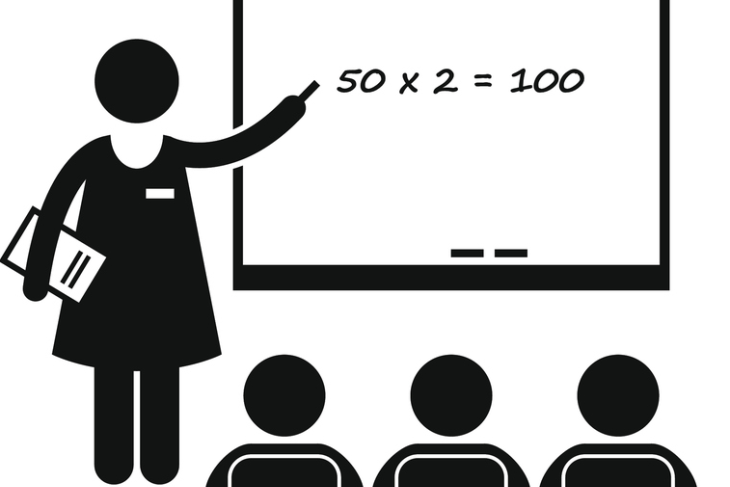Test-based retention policies require students to repeat a grade if they do not meet a minimum level of academic performance on, you guessed it, a test. These policies have been around a long time and continue to sow division, with some believing that repeating a grade allows students time to develop the skills needed for the subsequent grade while others posit that the potential costs (like heightened behavioral problems and higher dropout rates) are too high.
RAND lends some empirical fodder to the debate in their latest study on the topic. They examine the causal effects of retention that occurred in grades three through eight on student behavior and various other high school outcomes. Specifically, they use twelve years of student data from New York City, ending in 2011–12, to determine the effect of retention on suspensions, absenteeism, dropout rates, credit accumulation, and graduation. Their sample included nearly 93,000 students.
The district policy required that students who scored in the lowest performance category (Level 1) on either the math or English language arts state standardized test be assigned to mandatory summer school unless they demonstrated at least a Level 2 performance through a “portfolio” (unfortunately, we’re not told what that entails). At the end of summer school, students took a second test in the subjects on which they had scored at Level 1 in the spring. Students still scoring at Level 1 are retained unless a portfolio review of their summer work evidences Level 2 performance or they get a principal’s exemption. (Yes, all of this sounds quite squishy!)
Policy squishiness aside, RAND is able to use a regression discontinuity design (RDD) that allowed them to compare students scoring at the Level 1/Level 2 cut-off on the end-of-summer test. In the RDD design, students are expected to be similar, save that their test scores fall just above or just below the cut-off to be eligible for retention. The study examines outcomes for both Level 1 and Level 2 students at the boundary. There were three key findings.
First, analysts found no systemic evidence that retention impacted suspensions (being suspended or the number of days suspended) for up to three years after retention. Similarly, no effects were found on school attendance or chronic absenteeism. When each grade was examined individually, a few isolated, temporary effects were found when students transitioned into and out of middle school, but they didn’t amount to much.
Second, retained students averaged fewer accumulated credits over their time in high school. Students retained in middle school (grades six through eight) were more negatively impacted than those retained in elementary school (grades three through five). Likewise, students retained in elementary schools were no more likely to drop out than were the promoted students; however, students retained in middle school were more likely than their promoted counterparts to drop out once they passed their on-time graduation year.
Last, retention did not improve the likelihood of graduating. There was no significant difference in the eventual graduation rates between retained and promoted students after the retained ones had the opportunity to also reach grade twelve.
Bottom line: If schools must retain kids, it’s better to do it in the elementary than secondary grades (other studies find benefits to third-grade retention). The seventeen states and numerous districts that now have retention policies should keep that in mind. But that also means that we need to figure out how to help older students who have fallen behind. Our current methods, like “alternative pathways” and credit recovery, clearly aren’t cutting it.
SOURCE: Louis T. Marian et al., “How Does Repeating a Grade Impact Students' High School Persistence and Behavior? The Case of New York City,” RAND Corporation (July 2018).





